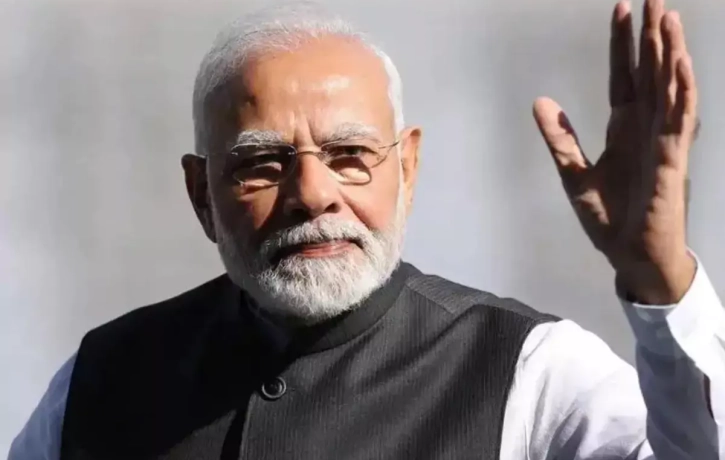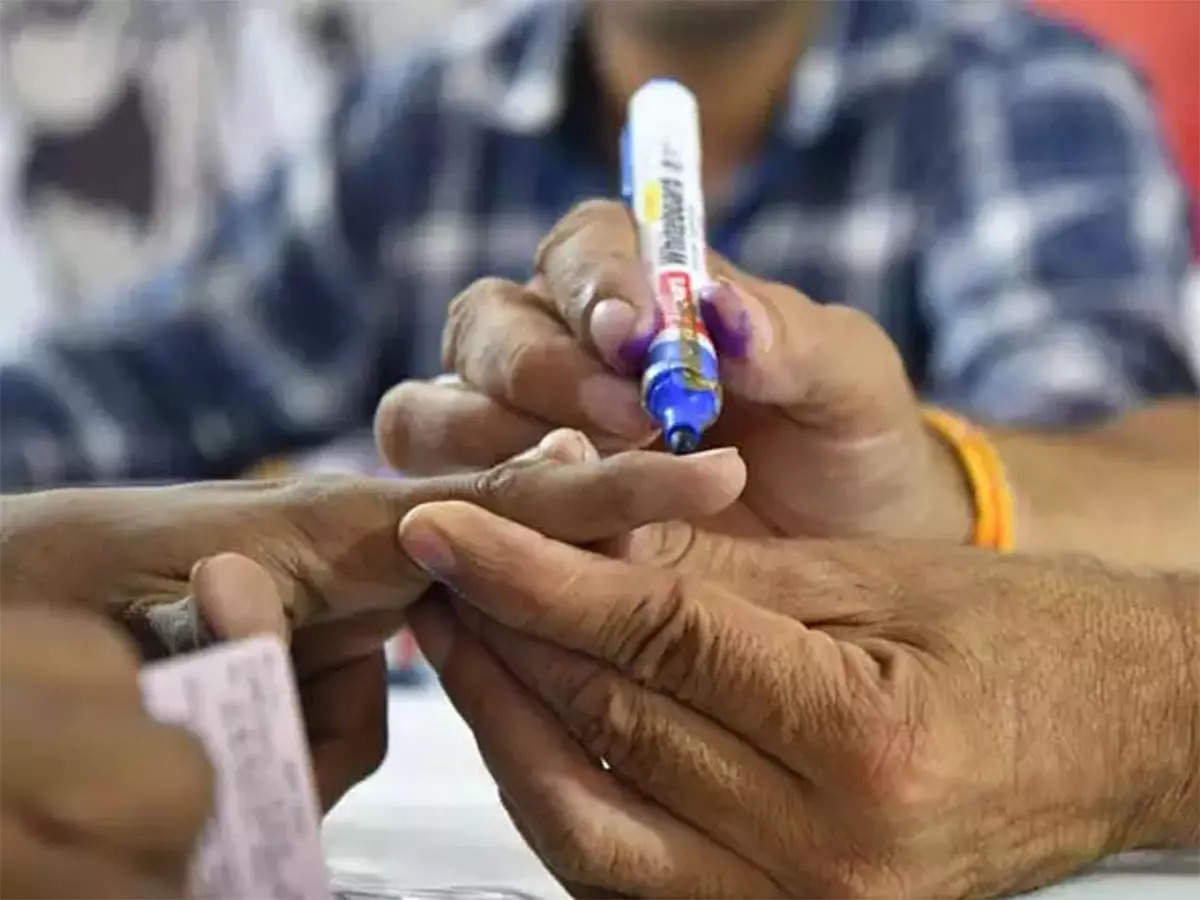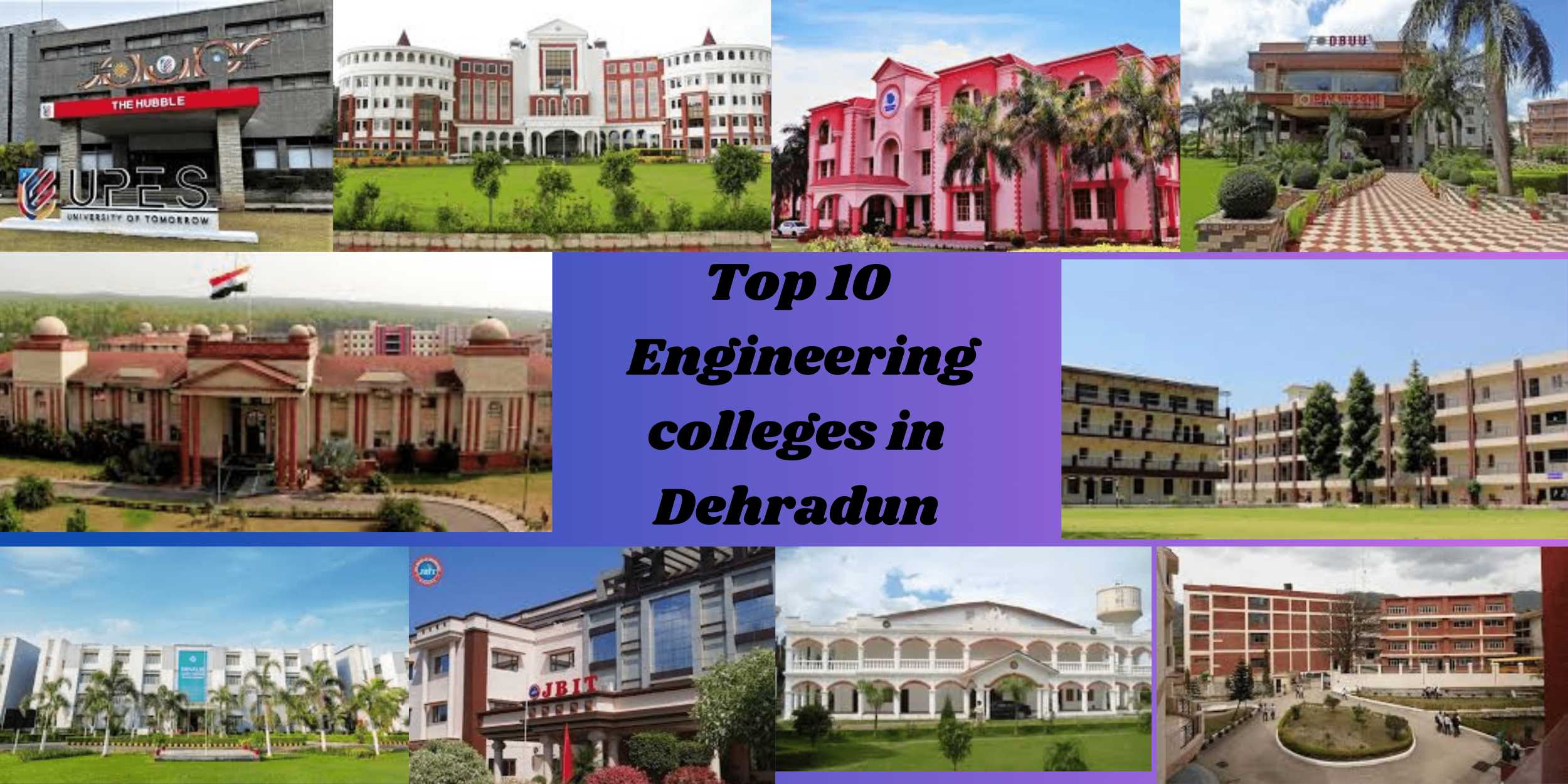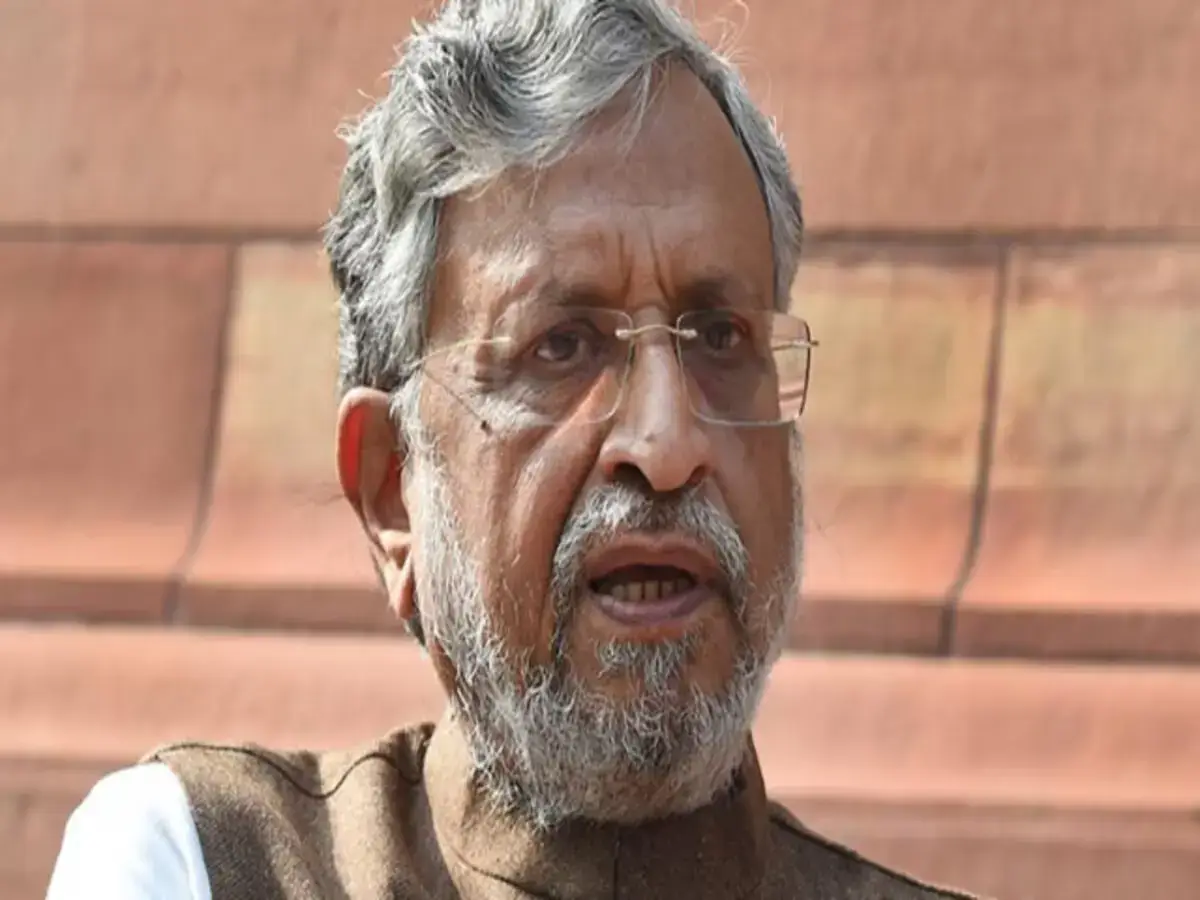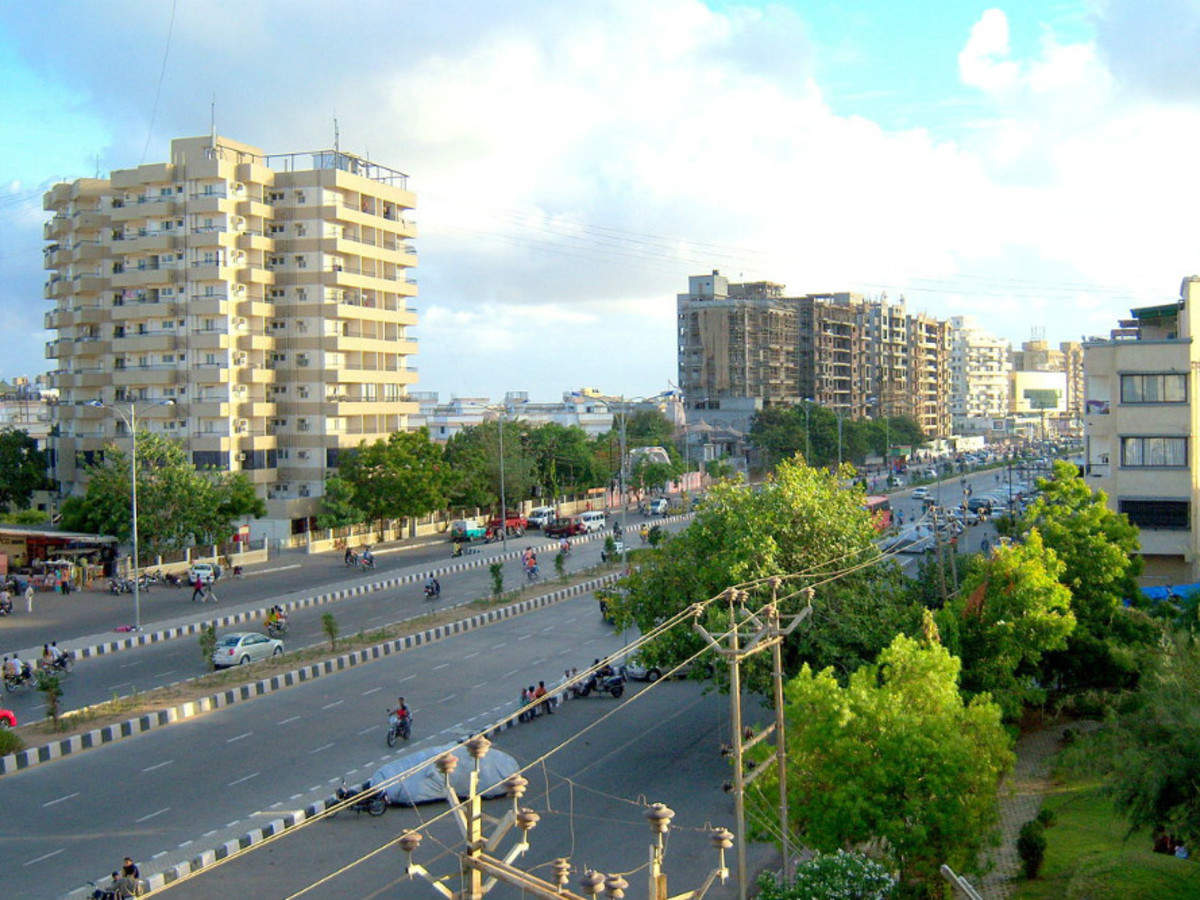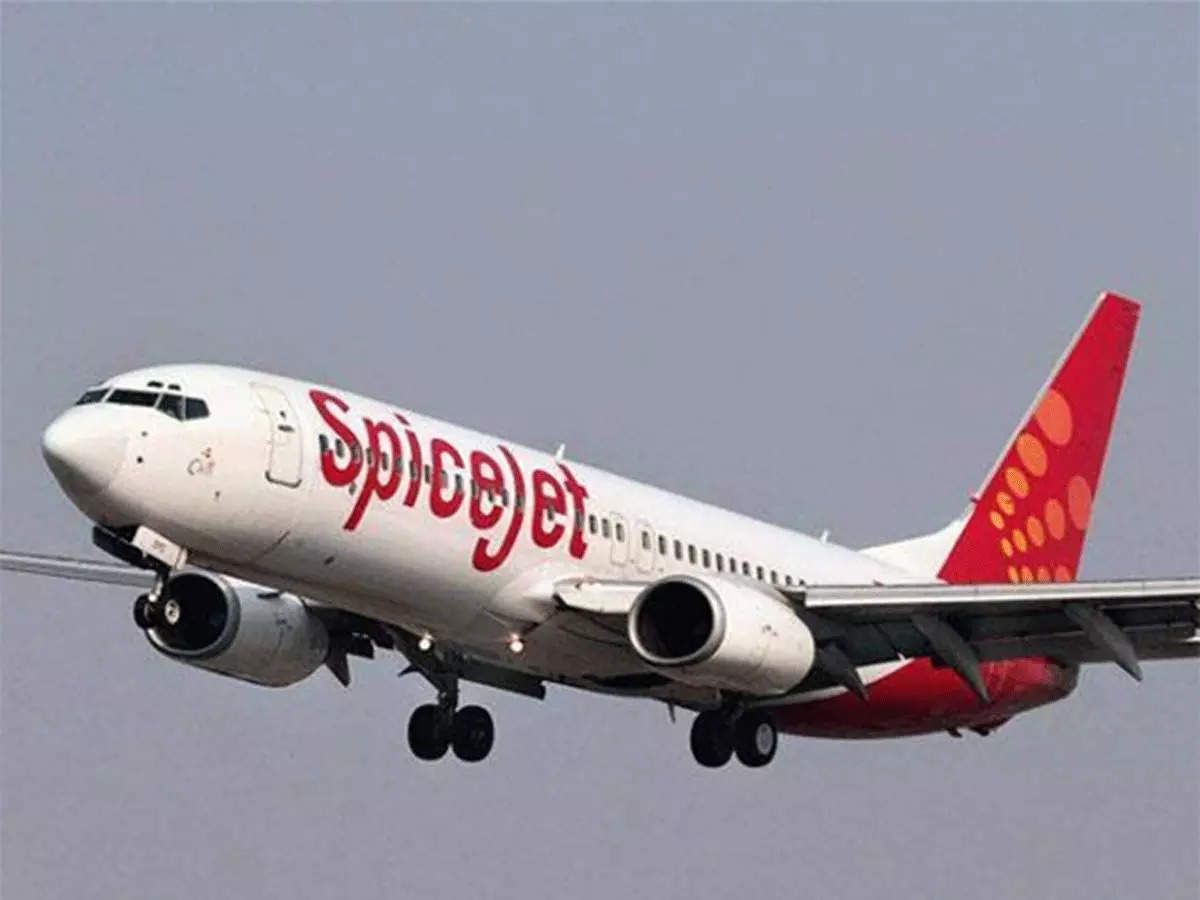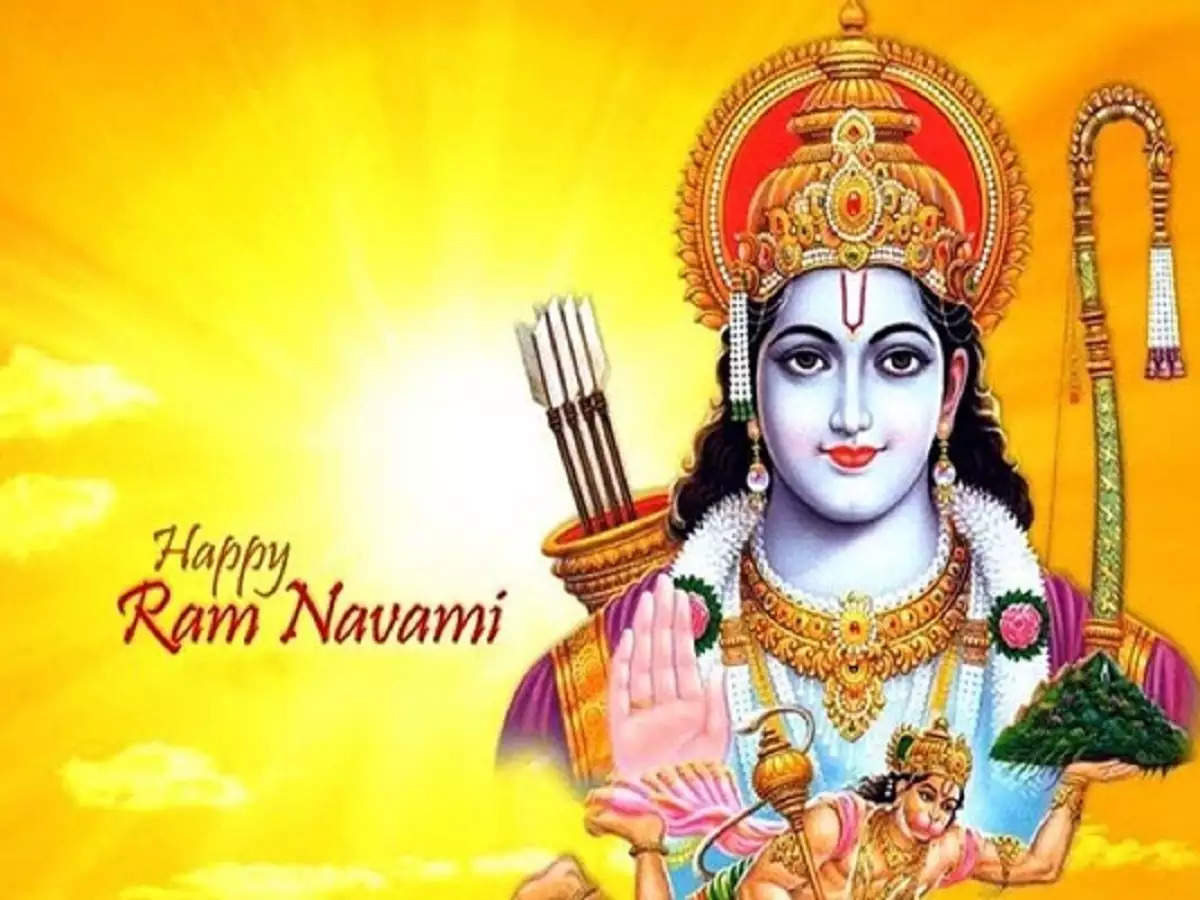Introduction
Prime Minister, Together with the Council of Ministers, the Minister of India is in charge of the executive branch of the government. The Minister answers to the Lok Sabha, even though the President is the official head of state. Narendra Modi has been the prime minister since May 26, 2014.
Origins and history
The head of state serves as a ceremonial head while the minister is the top executive in India’s parliamentary system. Within six months of taking office, the prime minister is required to join Parliament and work with other ministries to enact laws.
1947–1984
Since 1947, India has had fourteen prime ministers. The first prime minister, Jawaharlal Nehru, in office for 17 years. After his death, Lal Bahadur Shastri took command of the 1965 Indo-Pakistani War. Nehru’s daughter, Indira Gandhi, became the country’s first female prime minister and oversaw the implementation of important initiatives as well as controversies, such as the 1975 proclamation of emergency. Rajiv Gandhi led the Congress party back to power following her assassination in 1984.
1984–1999
After his mother, Indira Gandhi, Rajiv Gandhi became prime minister. Vishwanath Pratap Singh was the prime minister until the Bofors affair marred his term. P. V. Narasimha Rao started economic reforms in the face of obstacles, such as the destruction of the Babri Masjid. The government of Atal Bihari Vajpayee signed the Lahore Declaration with Pakistan and carried out nuclear testing.
2000–present
Vajpayee was criticized for the 2002 Gujarat riots, despite emphasizing infrastructural development and economic growth. Singh’s term was tainted by the 2008 Mumbai attacks and accusations of corruption, despite his emphasis on legislative accomplishments and economic reforms. After focusing on economic development, Modi—who was elected in 2014 and then again in 2019—helped the BJP to its first majority since 1984.
Constitutional framework and position of Prime Minister
In India, the prime minister is in charge of the Council of Ministers and exercises administrative authority, while the president serves as the ceremonial head of state. The president receives advice from the minister and acts upon it. The majority in the Lok Sabha supports the minister, who is chosen by the president to lead the government.
Appointment, tenure and removal
Eligibility
The Indian prime minister must be a citizen of the country and a member of the Rajya Sabha or Lok Sabha, or they must become one within the next six months. Members of the Rajya Sabha must be at least 30 years old, and members of the Lok Sabha must be at least 25. They are also ineligible to have any paid positions with the government.
Oaths of office and secrecy
The President of India must witness the Minister of India take the oath of office and secrecy prior to taking office. The oath contains pledges to respect the Constitution, preserve India’s integrity and sovereignty, and carry out obligations honestly and impartially.
Tenure and removal from office
India’s prime minister is appointed by the president and is subject to the Lok Sabha’s confidence. A resignation or a vote of no confidence may end their term.

